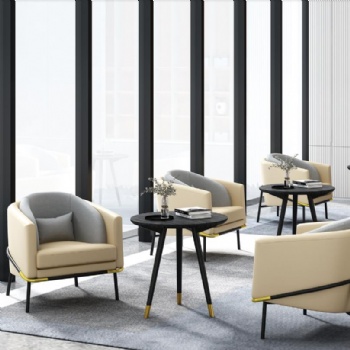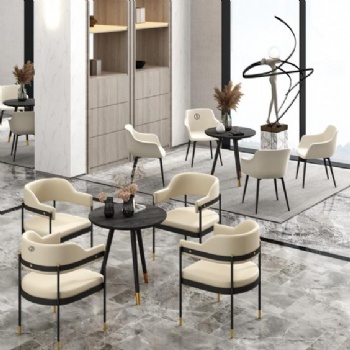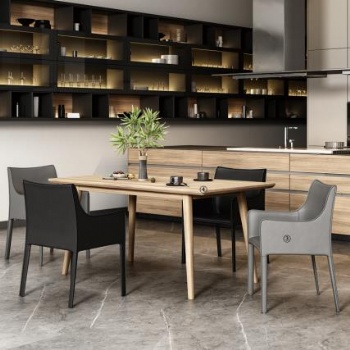News
HOW TO ASSEMBLE PANEL FURNITURE
There are several ways to connect panel furniture
1. Screws and nuts: Screws and nuts are a common connection method used to fix different parts of furniture. Typically, a screw passes through one component and into another, and is then tightened using a nut. This is a detachable connection that makes it easy to assemble and disassemble the furniture.
2. Locks and grooves: Panel furniture usually uses locks and grooves to connect different parts together. These latches and grooves can be found on the edges or ends of boards, and they are often used to attach brackets to bookshelves, slats to beds, etc.
3. Adhesive: Some panel furniture uses adhesive to bond different parts together to increase stability. This connection method is usually used during the production process and is not suitable for furniture assembled by the user.

4. Mortise and tenon: Mortise and tenon is a traditional connection method, usually used in solid wood furniture. The tenon is a raised part and the tenon is a groove that can be inserted into each other to connect two parts. This type of connection is very strong but requires precise fabrication and installation.
5. Clamps and Bolts: Some furniture may use clamps and bolts to secure larger or heavier components, such as the connection between the headboard and bed frame. Clamps and bolts often provide additional stability.
6. Hook and buckle: This connection method is usually used for folding chairs, folding tables and other furniture that need to be foldable. Hooks and clasps allow furniture pieces to hook onto each other for stability.
Panel furniture assembly method
How to assemble panel furniture may vary depending on the specific type and brand of furniture, but in general, here are examples of general panel furniture assembly steps:
1. Prepare tools: Before starting assembly, make sure you have the required tools, such as screwdrivers, screw wrenches, rubber hammers, measuring tools, etc.
2. Check parts and instructions: Open the furniture package and check all parts according to the instructions to make sure there are no missing or damaged parts; read and become familiar with the assembly instructions to understand the correct assembly steps.
3. Sorting and organizing parts: According to the assembly instructions, the parts are classified and organized according to different assembly stages or parts.
4. Basic structure assembly: Start with the basic structure of the furniture. Typically, this involves assembling the supports, feet, or frame together; follow the specific steps in the assembly instructions, using the screws and tools provided to join the parts.
5. Component connection: Continue to assemble other parts of the furniture, such as drawers, doors, shelves, etc.; ensure that each component is correctly installed and calibrated to ensure its stability and functionality.
6. Lubricate and adjust: If the furniture contains moving parts, such as drawer slides, make sure they work smoothly; adjust various parts of the furniture to make sure everything is in the right place.
7. Final decorations and finishes: If necessary, add any final decorations or finishes according to the instructions, such as decorative panels, handles, screw covers, etc.
8. Final inspection: After completing the assembly, carefully inspect the entire furniture to make sure that all parts are installed correctly and there are no loose screws or parts; make sure that the furniture is stable, does not shake, and that all functions are normal.
Things to note when installing panel furniture
1. Follow each step in the assembly instructions and assemble in order.
2. Do not use a screw wrench that is too powerful to avoid damaging the screws and furniture.
3. If necessary, please ask others to assist in assembly.
4. If you still encounter problems, you can try to contact the manufacturer or the merchant from whom you purchased the furniture for additional help or guidance.
5. Installing panel furniture may take some patience and time, but following the correct steps can ensure you successfully assemble stable and functional furniture.
6. Different panel furniture manufacturers may use different connection methods, and the specific connection methods depend on the design and use of the furniture.
Categories
Contact Us
- 0086 139 23119482
- info@etengfurniture.com
- +86-13923119482



